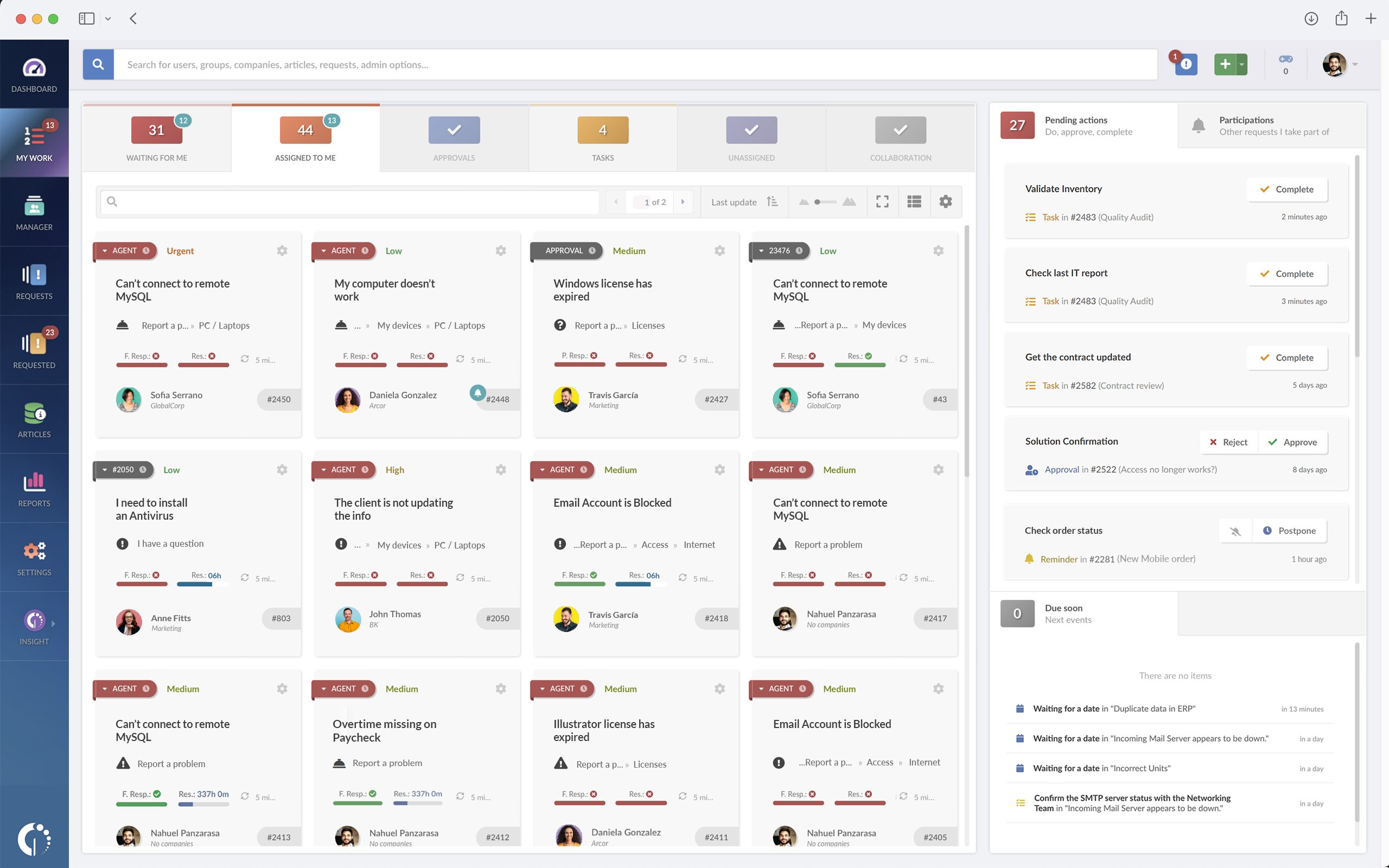In today’s fast-paced business environment, efficiency is paramount. Companies are constantly seeking ways to optimize processes, reduce costs, and improve productivity. This is where business automation workflow comes in. By automating repetitive tasks and streamlining workflows, businesses can free up valuable time and resources, allowing employees to focus on more strategic and creative endeavors. This comprehensive guide explores the ins and outs of business automation workflow, from its benefits and implementation to best practices and future trends.
What is Business Automation Workflow? Defining the Core Concepts
Business automation workflow involves the use of technology to automate and streamline business processes. It’s about identifying repetitive, manual tasks and using software or other tools to automate them. This can range from simple tasks like sending automated emails to complex workflows involving multiple departments and systems. The goal is to create a seamless and efficient flow of information and tasks, reducing errors, improving speed, and enhancing overall productivity.
The Benefits of Business Automation Workflow: Efficiency and Beyond
Implementing business automation workflow offers a multitude of benefits, impacting various aspects of a business:
- Increased Efficiency: Automation eliminates manual tasks, freeing up employees to focus on higher-value activities. This leads to increased efficiency and faster turnaround times.
- Reduced Costs: By automating repetitive tasks, businesses can reduce labor costs and minimize errors, which can be expensive to correct.
- Improved Accuracy: Automation reduces the risk of human error, leading to improved accuracy and data integrity.
- Enhanced Productivity: Employees can focus on more strategic and creative work, leading to increased productivity and innovation.
- Better Customer Experience: Automation can improve customer service by providing faster responses, personalized interactions, and seamless experiences.
- Data-Driven Decision Making: Automation tools often provide valuable data and insights into business processes, enabling data-driven decision making.
- Improved Compliance: Automation can help businesses comply with regulations and industry standards by ensuring consistent and accurate processes.
- Scalability: Automated workflows can easily scale to accommodate business growth and increasing demand.
Identifying Automation Opportunities: Where to Streamline
The first step in implementing business automation workflow is to identify areas where automation can make the biggest impact. Look for tasks that are:
- Repetitive: Tasks that are performed frequently and consistently.
- Manual: Tasks that are currently performed manually by employees.
- Rule-Based: Tasks that follow a set of predefined rules or criteria.
- Time-Consuming: Tasks that take up a significant amount of employee time.
- Error-Prone: Tasks that are susceptible to human error.
Types of Business Automation Workflow: From Simple to Complex
Business automation workflow can range from simple task automation to complex, integrated workflows. Here are some common types:
- Task Automation: Automating individual tasks, such as sending emails, scheduling appointments, or generating reports.
- Process Automation: Automating a sequence of tasks that make up a business process, such as order fulfillment or invoice processing.
- Workflow Automation: Automating the flow of information and tasks between different departments or systems.
- Robotic Process Automation (RPA): Using software robots to automate repetitive tasks that involve interacting with multiple applications.
- Business Process Management (BPM): A comprehensive approach to managing and improving business processes, often involving automation tools.
Implementing Business Automation Workflow: A Step-by-Step Approach
Implementing business automation workflow requires careful planning and execution. Here’s a step-by-step approach:
- Identify Automation Opportunities: Analyze your business processes and identify areas where automation can make the biggest impact.
- Define Clear Objectives: Set clear and measurable objectives for your automation initiatives.
- Choose the Right Tools: Select automation software or platforms that meet your specific needs and requirements.
- Map Your Workflows: Document your existing workflows to understand how they can be automated.
- Design Automated Workflows: Design the automated workflows, defining the steps, rules, and triggers.
- Develop and Test: Develop and test the automated workflows to ensure they function correctly.
- Deploy and Monitor: Deploy the automated workflows and monitor their performance.
- Evaluate and Optimize: Regularly evaluate the effectiveness of your automation initiatives and make adjustments as needed.
Choosing the Right Automation Tools: A Diverse Landscape
A wide range of automation tools are available, each with its own strengths and weaknesses. Consider factors such as your budget, technical expertise, and specific needs when choosing the right tools. Some common types of tools include:
- Workflow Automation Platforms: These platforms provide a comprehensive suite of tools for designing, automating, and managing workflows.
- Robotic Process Automation (RPA) Software: RPA software allows you to automate tasks that involve interacting with multiple applications.
- Integration Platforms: These platforms connect different applications and systems, enabling seamless data flow and process automation.
- Business Process Management (BPM) Software: BPM software provides tools for modeling, managing, and improving business processes.
Best Practices for Business Automation Workflow: Maximizing Success
To maximize the success of your business automation workflow initiatives, consider these best practices:
- Start Small: Begin with small, manageable projects to build momentum and demonstrate the value of automation.
- Involve Stakeholders: Engage stakeholders from different departments to ensure buy-in and collaboration.
- Focus on User Experience: Design automated workflows that are user-friendly and intuitive.
- Prioritize Security: Ensure that your automation tools and workflows are secure and protect sensitive data.
- Measure and Track Results: Track key metrics to measure the effectiveness of your automation initiatives.
- Continuously Improve: Regularly evaluate and optimize your automated workflows to ensure they continue to meet your business needs.
The Future of Business Automation Workflow: AI and Beyond
Business automation workflow is constantly evolving, driven by advancements in technology. Artificial intelligence (AI) and machine learning are playing an increasing role in automation, enabling more intelligent and adaptive workflows. The future of business automation workflow is likely to be characterized by:
- Increased Use of AI: AI-powered automation will enable more complex and intelligent workflows.
- Greater Integration: Automation tools will be more seamlessly integrated with other business systems.
- Focus on User Experience: Automation will be designed to enhance user experience and productivity.
- Emphasis on Security: Security will be a top priority in the design and implementation of automation workflows.
Business automation workflow is no longer a luxury; it’s a necessity for businesses that want to thrive in today’s competitive landscape. By automating repetitive tasks, streamlining workflows, and embracing new technologies, businesses can unlock significant gains in efficiency, productivity, and customer satisfaction. The key is to approach automation strategically, identify the right opportunities, and choose the right tools to achieve your business goals. With careful planning and execution, business automation workflow can be a powerful driver of success, enabling your organization to reach new heights of performance and innovation. Embracing business automation workflow is not just about improving current operations; it’s about preparing your business for the future, ensuring that you’re agile, efficient, and ready to capitalize on new opportunities as they arise. The world of business is changing rapidly, and automation is the key to staying ahead of the curve.













